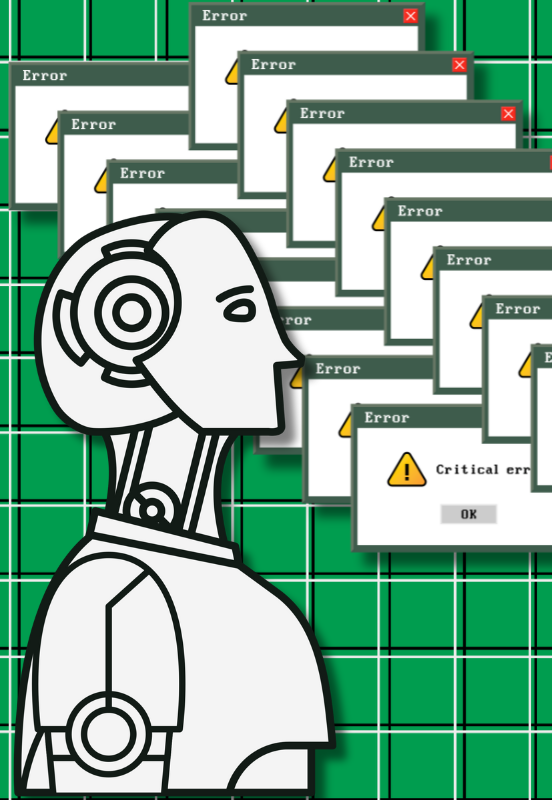
Artificial intelligence (AI) and machine learning (ML) are driving innovation across industries — from finance and healthcare to logistics and retail. But with these advancements come new exposures for technology providers. When algorithms misfire, produce biased outcomes, or fail altogether, clients often look to the developer or vendor for accountability.
That’s where Technology Errors and Omissions (Tech E&O) insurance plays a critical role. It protects tech companies from financial and legal fallout when technology doesn’t perform as promised.
The Risks of AI Errors
AI systems are built on data and code. If either goes wrong, the results can be costly:
- Faulty coding leading to incorrect outputs.
- Poor data quality that drives inaccurate predictions.
- Model drift, where an algorithm becomes less accurate over time.
Imagine an AI-driven financial tool misclassifying risk or a healthcare platform offering flawed recommendations. In these cases, the liability often lands on the technology provider.
Biased Outputs and Discrimination Claims
Bias in AI is a headline risk. Whether in hiring platforms, lending decisions, or image recognition tools, biased outputs can expose companies to:
- Regulatory investigations for discrimination.
- Lawsuits or class actions from affected groups.
- Long-term reputational damage with clients and the public.
Tech E&O coverage can help absorb these costs. Still, companies should also invest in responsible AI development and compliance programs to reduce the likelihood of biased outcomes.
Algorithmic Failures and Downtime
AI doesn’t just produce insights — it often powers core business operations. When these systems fail, the ripple effects can be severe.
Picture a logistics company depending on AI route optimization: if that system goes offline, deliveries stall, contracts may be breached, and financial losses mount. In such cases, clients may pursue damages, and Tech E&O can protect providers from bearing the full burden.
Who Bears Liability?
While the legal landscape is evolving, current trends suggest:
- Technology vendors are most often held responsible when systems fail.
- Client contracts may shift liability, but providers frequently remain accountable.
- Insurers are adapting Tech E&O policies to specifically address AI-related risks.
From healthcare providers to financial institutions, companies across industries must ensure their policies keep pace with AI exposure.
Why Tech Companies Need Tech E&O Now
AI introduces high-stakes risks:
- Errors can go undetected until they cause significant harm.
- Regulatory frameworks around AI liability are tightening.
- Clients are embedding stricter accountability clauses into contracts.
A well-structured Tech E&O policy helps safeguard balance sheets and reputations, giving tech companies the freedom to innovate with confidence.
Next Step
If your business is building or deploying AI solutions, now is the time to review your Tech E&O coverage. Get a quote from SeedPod Cyber to make sure you’re protected against the emerging risks of artificial intelligence and machine learning.